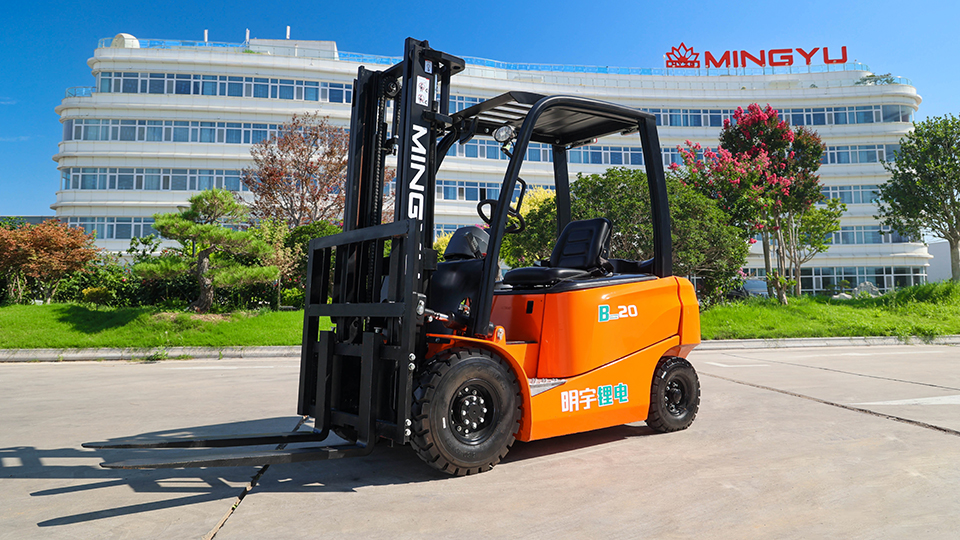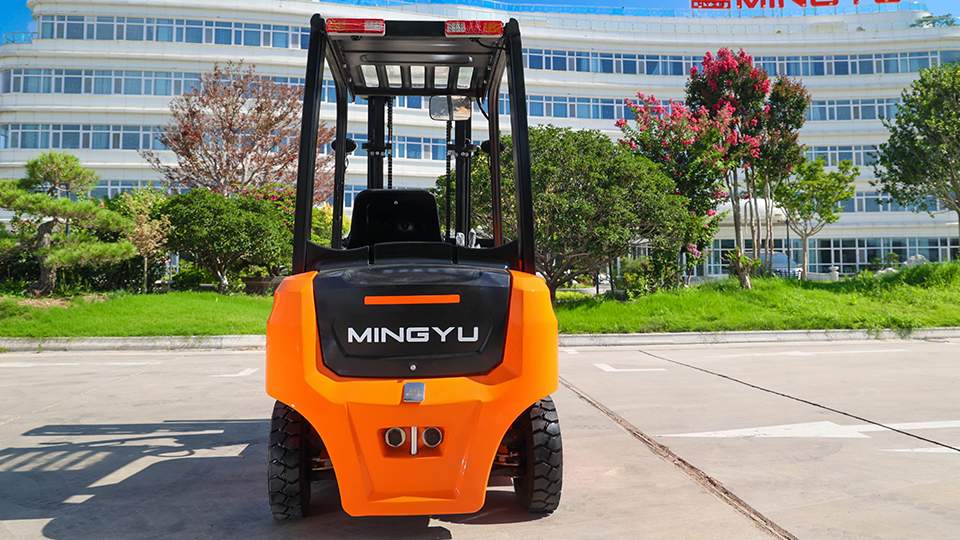
The Foundation: Understanding the Data
To estimate the number of certified forklift operators, we must first look at the total number of individuals who operate forklifts for a living. The Bureau of Labor Statistics (BLS) is the most authoritative source for employment data in the U.S. and provides a strong starting point. The BLS categorizes forklift operators under the broader occupational title of "Industrial Truck and Tractor Operators."
According to the BLS's Occupational Outlook Handbook, there are approximately 770,800 industrial truck and tractor operators employed in the U.S. This number provides a solid baseline for the size of the professional workforce that utilizes these machines. It's important to note that this figure represents a snapshot in time and is subject to change based on economic trends, industry growth, and technological advancements.
However, the BLS number likely underestimates the total number of people who are forklift certified. Many individuals who are not full-time operators may also hold a valid certification. For example:
Warehouse Workers and Dockhands: A significant portion of these employees may need to operate a forklift occasionally, requiring them to be certified even if it's not their primary job function.
Retail Employees: In large retail stores, employees in stockrooms or receiving areas are often certified to operate forklifts for moving pallets of merchandise.

Construction Workers: Certain tasks on a construction site may require the use of a rough-terrain forklift or telehandler, meaning a number of construction workers also hold this certification.
Managers and Supervisors: In some cases, managers and supervisors are trained and certified to operate equipment to cover for absent employees or to assist with specific tasks.
Therefore, the number of "certified" individuals is almost certainly higher than the number of "employed" individuals in the operator category.
The Broader Estimate: Insights from the Industrial Truck Association
The Industrial Truck Association (ITA) is a leading voice in the industry and provides a broader perspective on the total number of people who operate forklifts. The ITA estimates that there are approximately 4.5 million people in the U.S. who operate forklifts across more than 300 different industries. This number is a far more comprehensive figure than the BLS data, as it accounts for the part-time and occasional operators who are not categorized as full-time "Industrial Truck and Tractor Operators."
The vast difference between the BLS figure and the ITA estimate highlights the distinction between a dedicated job title and a certified skill. While the BLS tracks specific occupations, the ITA's estimate more accurately reflects the total number of people with the ability and authorization to operate a forklift.
Given that OSHA regulations require all operators of powered industrial trucks to be certified, it is a reasonable and common practice in the industry to use this higher figure as a proxy for the number of certified operators. While some operators may be working without certification, the overwhelming majority of legitimate employers enforce the certification requirement to comply with federal law and ensure a safe working environment.
The Role of OSHA and the Nature of Certification
Understanding the nature of forklift certification is crucial to interpreting these numbers. OSHA's standard 29 CFR 1910.178 dictates that employers are responsible for providing training and certification to their employees. This training must consist of both formal instruction (classroom-style learning) and a practical evaluation (hands-on driving).
A key aspect of OSHA's regulation is that certification is employer-specific. This means that even if a worker is certified at one company, their new employer must re-evaluate their skills and provide any necessary training on the new equipment and work environment. While the fundamental skills are transferable, the official certification is tied to the specific company. This means that a person may hold multiple "certifications" over their career, and a single person's certification record might not be a simple, one-to-one count.
This employer-specific requirement further complicates the task of getting a single, definitive number. The focus of the regulation is on ensuring that every operator is certified for the specific work they are doing, rather than on tracking a national database of certified individuals.

The Growth and Demand for Certified Operators
The demand for forklift operators remains strong, and this trend further reinforces the high number of certified individuals. As of recent projections, the job market for forklift operators is expected to grow, with thousands of new jobs being created each year. This growth is driven by:
The rise of e-commerce: The boom in online shopping has led to a massive expansion of warehouses and fulfillment centers, all of which rely heavily on forklifts to move goods.
Expansion of the logistics and supply chain industries: As global supply chains become more complex, the need for efficient material handling has increased.
General economic growth: Many industries, from manufacturing to construction, require the use of forklifts to move heavy materials, and their growth directly impacts the demand for operators.
This continuous demand means that a steady stream of new individuals is entering the workforce and obtaining their forklift certification. The high turnover rate in some sectors also means that a large number of people are constantly undergoing recertification, which is required every three years by OSHA.
Conclusion: Synthesizing the Data
While a precise, real-time count of every forklift certified person in the U.S. is not available, we can confidently draw a well-supported conclusion based on the available data:
The number of full-time, employed forklift operators is approximately 770,800, according to the U.S. Bureau of Labor Statistics.
However, a more comprehensive and accurate estimate from the Industrial Truck Association suggests that around 4.5 million people in the U.S. operate forklifts in a professional capacity.
This larger figure is a more realistic proxy for the number of certified individuals, as OSHA regulations mandate that anyone operating a powered industrial truck must be certified. The difference between these two numbers highlights the distinction between a dedicated job title and a required skill set used across many different occupations.
Ultimately, the exact number is less important than the broader implications. The high number of certified operators underscores the vital role forklifts play in the American economy and the serious commitment to safety that the industry and regulatory bodies demand. It is a testament to the fact that millions of workers across the country have undergone the necessary training to perform their jobs safely and efficiently, contributing to the seamless operation of countless businesses every single day.
Name: selena
Mobile:+86-13176910558
Tel:+86-0535-2090977
Whatsapp:8613181602336
Email:vip@mingyuforklift.com
Add:Xiaqiu Town, Laizhou, Yantai City, Shandong Province, China